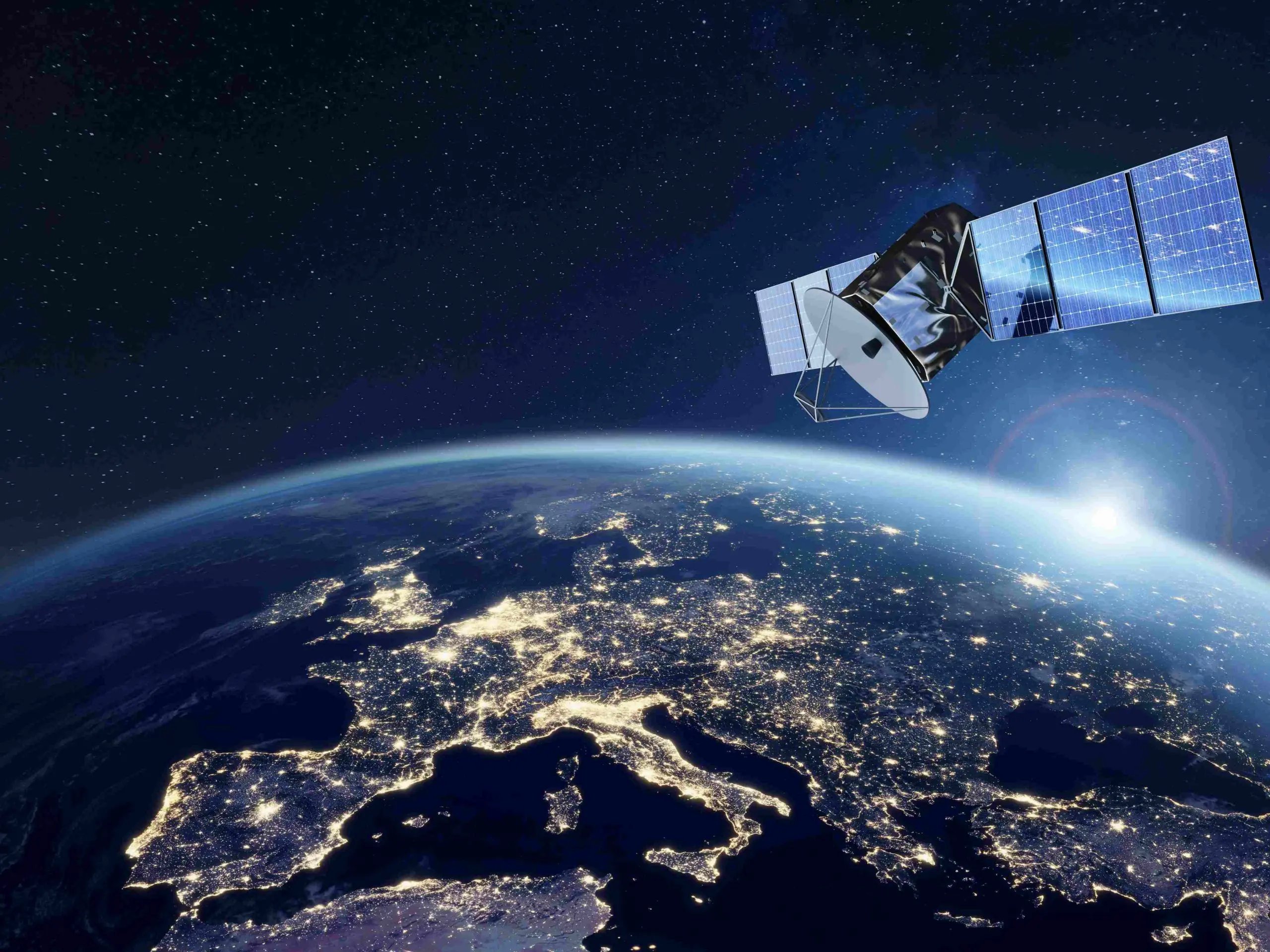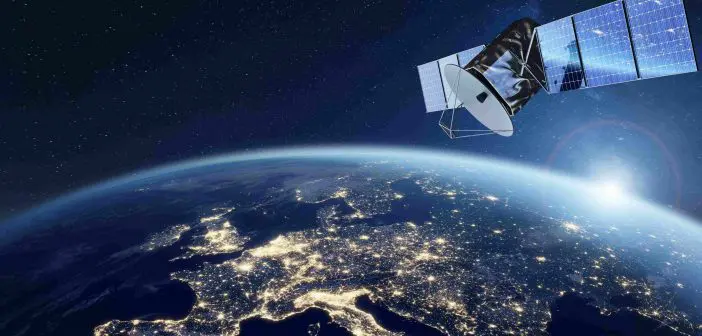
Consulting and market intelligence company Novaspace says the global space economy could be worth AUD1.52 trillion by 2033. In Asia and Oceania, which includes Australia, Novaspace expects the space market, the core of the space economy, to be worth AUD111.4 billion. However, the regional spend on space-enabled solutions, meaning those sectors that leverage space-based infrastructure, such as satellite signals or data, to provide value on Earth, will increase from the current AUD192.1 billion to AUD423 billion.
“Downstream applications are the main driver behind the projected AUD562 billion (global) growth over the next decade,” said the report’s lead author, Lucas Pleney. “Satellite-enabled services, such as navigation, Earth observation, and communications, are becoming increasingly integral across diverse industries, including agriculture, logistics, and urban planning.”
Earth observation and satellite navigation important for Australian space sector
Earth observation and satellite navigation drive the space-enabled sector in Australia. These are services Australian businesses know they can make money on. The report noted that the regional space powers, primarily India, China, and Japan, are demonstrating “strong ambitions,” while smaller space economies, like Australia, are focusing on space-enabled services.
The Australian Space Agency wants to triple the value of the Australian space sector by the next decade. It has outlined four pathways to achieving this, including (i) investing in the creation of the next generation of robust, reliable, ubiquitous positioning systems, (ii) investing in Earth observation services, (iii) increasing the demand for and number of providers of space-related services, and (iv) support space-related research and development programs.
Australian participation in the core space market is more limited, although there are some green shoots. Southern Launch is slowly securing clients for its launch and return facilities in South Australia. Gilmour Space has recently secured a launch permit for the first Australian orbital rocket launch in half a century. However, the current Australian Government is under investing in space and leaving the private sector to do the financial and operational heavy lifting.
In contrast, the Novaspace report highlights the state-backed space capabilities in China and India. The report calls the two countries “sovereign ecosystems inspired by U.S. commercialisation strategies.” Novaspace also praises Japan for actively taking strong partner roles in US space initiatives.
US leads the way on space spending
In terms of current spending on core space sector activities, the US led the way, spending AUD139 billion last year. Asia was in second spot, spending AUD72.6 billion, largely due to what’s happening in India, China, and Japan. The Asian spending comfortably topped Europe’s AUD61.4 billion, even though that region has many legacy space programs and high-profile agencies. Reflecting in part the Australian Government’s disinterest in space, Oceanic nations spent just AUD6.5 billion on core space activities in 2024.
But the Novaspace report says there is strong growth potential in both the core space market and enabled space market in Asia and Oceania, with a particular focus on satellite communications. They say that corner of the market is increasingly driven by the ever-increasing connectivity needs of governments, businesses and individuals.
Novaspace expects the next decade to be a transformational time for the ever-enlarging space sector. The company says the sector is “positioned at the intersection of technological innovation and market disruption.”





